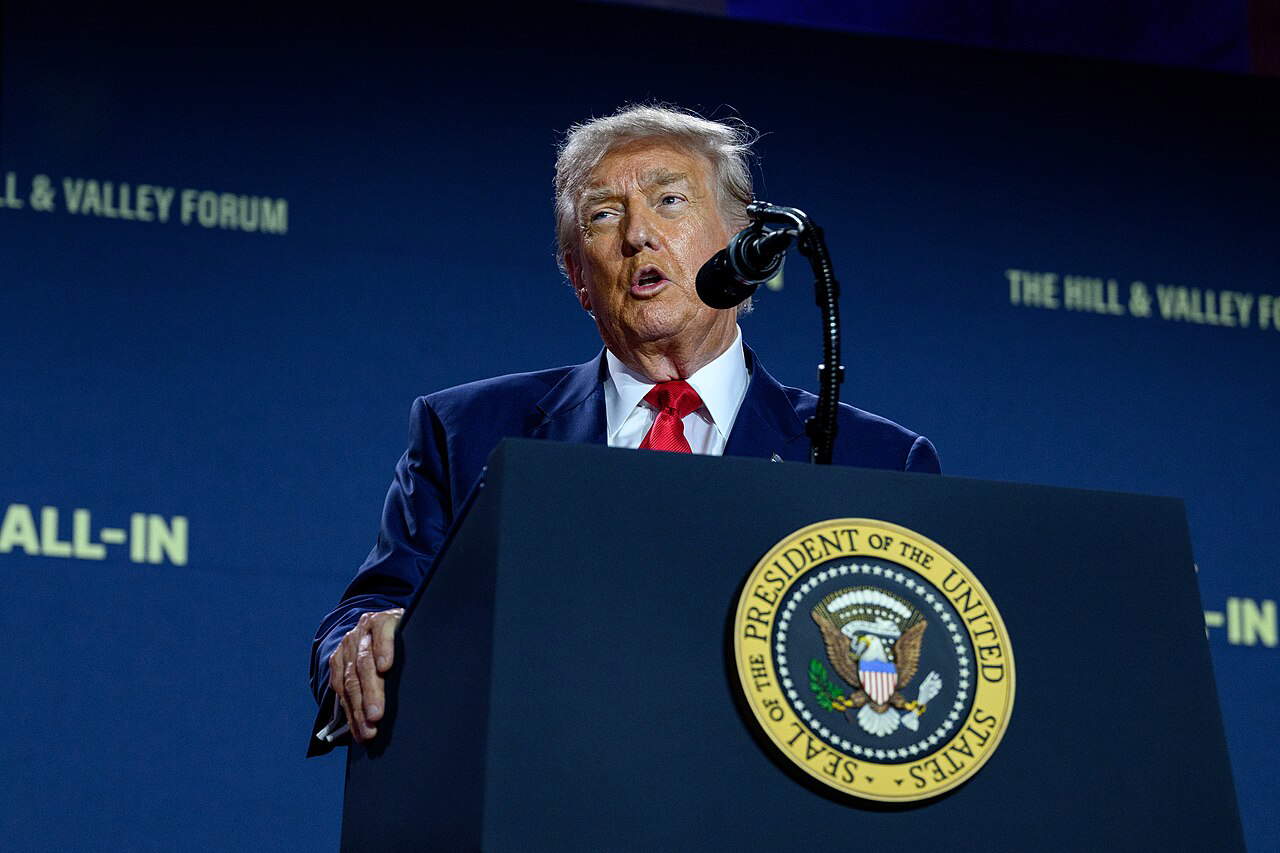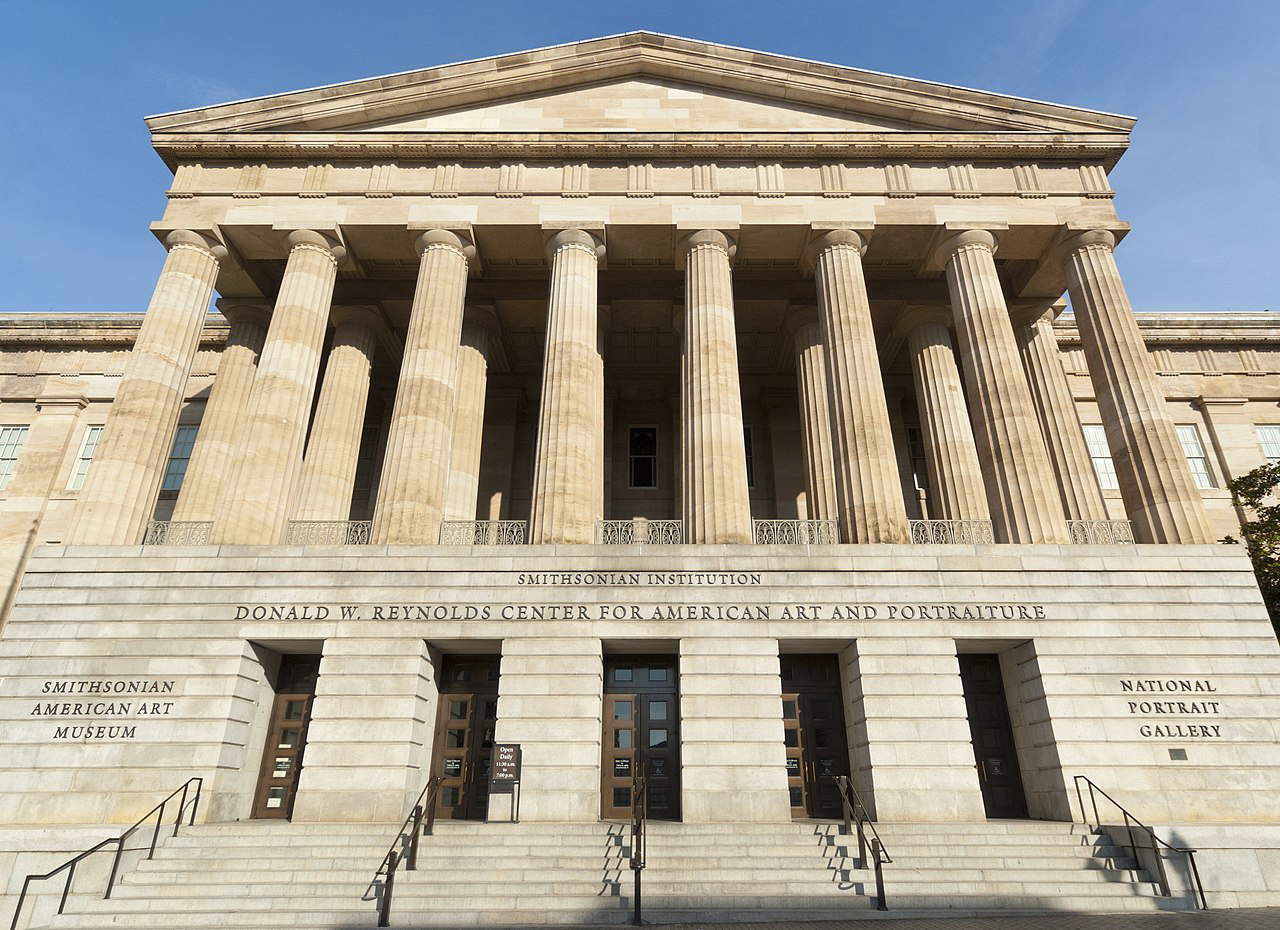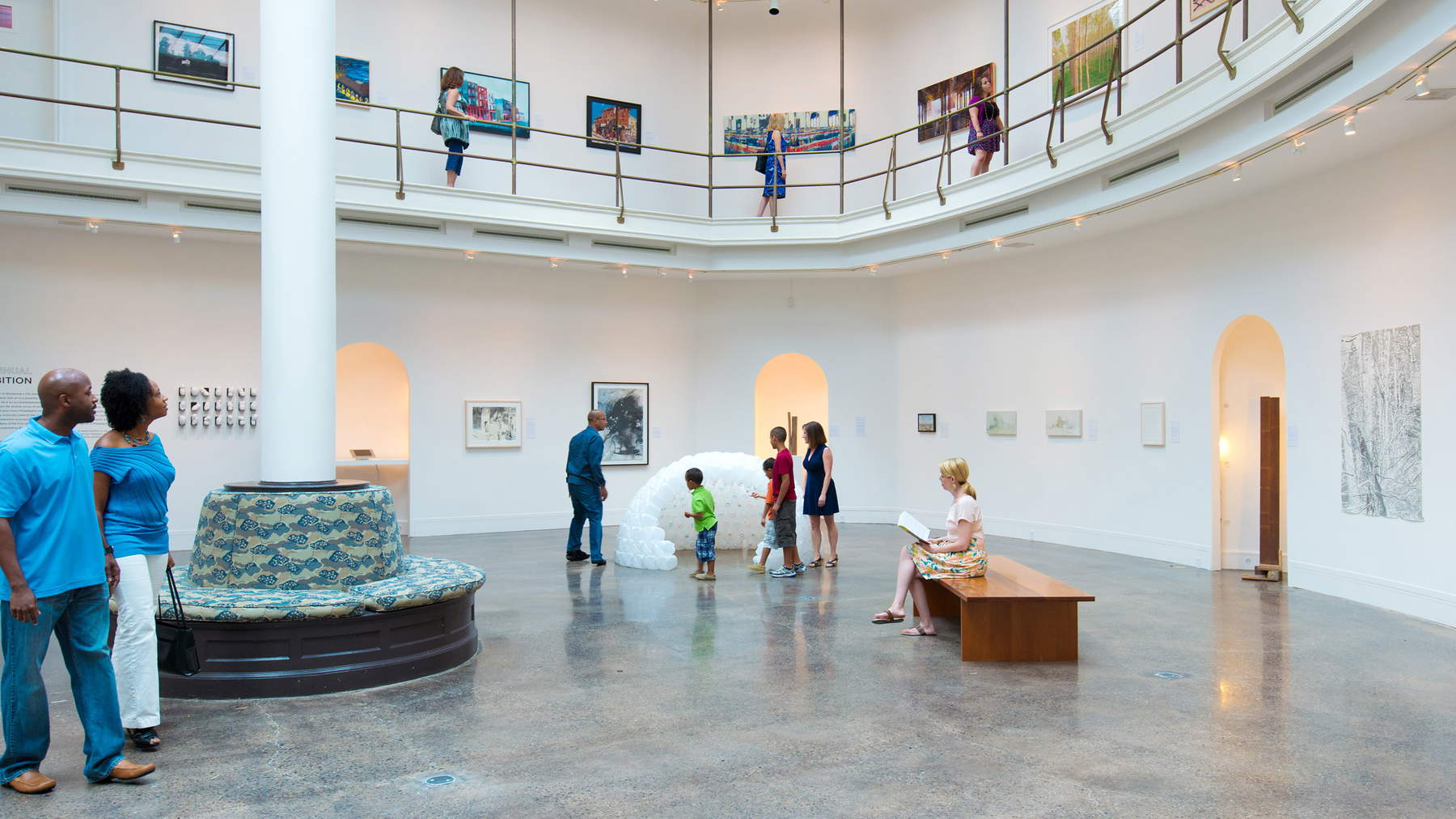For the past eight years there has existed in the United States a group of political scientists of all orientations, about 500 in all, that has been tightly monitoring the resilience of all democratic practices in the country to assess their resilience and potential threats. It is called Bright Line Watch, and in April it released its latest report, showing through a number of graphs how much of the indicators have marked a very steep decline since November 2024, the date of the presidential election won by Donald Trump: freedom of expression, the absence of interference with the press, uncompromised investigations, the independence of judges, the absence of political violence, the limits that the legislature places on the executive, and tolerance toward protests are all in steep decline. Other indicators, however, remain unmoved: legal rights, equality before the law, transparency, and so on. The summary, however, is lapidary and eloquent: “In the early months of Donald Trump’s second presidential term, his administration has challenged constitutional and democratic norms on a broad set of issues, including the scope of executive power and the authority of the courts to control it, individual freedom of expression, due process and habeas corpus, immigration, and academic freedom.” The report does not measure the autonomy of museums, but it is quite clear that in the United States today, the independence of cultural institutions is also under constant and serious threat.
Of course: Trump’s assault on museum independence is certainly not the most conspicuous of his challenges to democratic institutions, nor is it the most important. A study by the Carnegie Endowment for International Peace, released on August 25, speaks openly of “democratic backsliding,” a “slippage” that erodes the very foundations of democracy through a project of exalting executive power that is notable for its delegitimization-based agenda and its astonishing speed. A good summary of what Trump has done in not even a year in office can be found in the editorial Nathalie Tocci wrote last August 28 for La Stampa: Attempting to eliminate absentee voting, changing electoral districts in Texas to favor Republican candidates, deploying the National Guard against citizens in California, mass arrests and deportations (it is worth mentioning the celebrated case of Kilmar Ábrego García, a Salvadoran citizen who was illegally deported, returned to the U.S. with heavy delay, and now re-arrested without evidence), revoking the right to study for students who expressed opinions contrary to those of theadministration, attacks on universities under threat of funding cuts, attacks on press organs (which often end up self-censoring), attack on the separation of powers by hollowing out federal agencies under the guise of efficiency and rationalization of expenditures, removal of federal officials who express positions contrary to those of the administration. The attack on the independence of museums fits into this context.

It is worth briefly summarizing what happened, recalling that at the moment all attempts at direct control involve the Smithsonian, the largest museum complex in the United States, which administratively is a federal agency, so it is very much tied to the central administration. The attack began in March, when Trump signed an executive order giving the vice president a mandate to ensure that the museum’s programs reflect alleged “traditional values,” under the notion that the Smithsonian, in recent years, has “fallen under the influence of a divisive, race-centric ideology.” To address what Trump sees as a problem, the order requires the vice president to work with Congress to ensure that appropriations dedicated to the Smithsonian do not include spending on exhibits or programs that “degrade shared American values, divide Americans along racial lines, or promote programs or ideologies that are inconsistent with federal law and policy,” or even “that celebrate the achievements of women without in any way recognizing men as women within the museum.” And here already there would be all the elements sufficient to brand Trump’s ideas about his largest museum as deeply undemocratic. But the current president has gone further in recent days: just before mid-August, he sent a lengthy letter to Smithsonian Secretary Lonnie G. Bunch, to warn him that the administration will subject all the museum’s content, both existing and in production, to rigorous scrutiny, giving the Smithsonian two and a half months to send all materials to the chair for review: exhibit and panel texts, website content, educational materials, social and digital media content, grant data, and promotional materials. After that, within four months, all Smithsonian museums will have to begin making content corrections as indicated by the administration. Finally, last week, the White House posted on its website an unsigned article entitled “President Trump is right about the Smithsonian,” which listed some 20 works, exhibitions or initiatives deemed contrary to the administration’s alleged values: needless to remark that these were works and initiatives aimed at shining a spotlight on the perspectives of the LGBTQ+, African-American and Latino communities. In short, a proscription list unworthy of any civilized country. Just as, for that matter, unworthy of any civilized and democratic country is, more generally, everything Trump is doing with museums.
Unfortunately, it is being talked about too little (in Italy, on the other hand, it is not being talked about at all). Of course: the character is so unpredictable and his threat so extensive, so pervasive, so pervasive and capable of investing almost every emanation of U.S. democracy, that any talk about what Trump is doing to museums ends up being perceived as unimportant. If you have, say, a federal appeals court that finds the tariffs Trump has imposed on the entire world illegal, who can care about the Smithsonian? If you have a U.S. president bullying his Ukrainian counterpart and rolling out red carpets to a dictator wanted for war crimes, what sense can there be in talking about museums? If you have a president who orders illegal arrests and mass deportations, who hustles to abolish absentee voting, who wants to question abortion rights, who briggers to strengthen his control over the Federal Reserve, what place can exhibitions and works of art have on the scale of public opinion priorities? Yet, the attack on museums, far from being little more than a skirmish, is a key piece of Trump’s anti-democratic project. And that is why all this silence around what is happening at the Smithsonian is surprising: ICOM, for example, has yet to comment on Trump’s attacks. Instead, the American Alliance of Museums has spoken out, reiterating in an August 15 memo that “when a directive stipulates what should or should not be exhibited, it risks narrowing the public’s view of facts, ideas, and a full set of perspectives,” that the pressures “can have a depressing effect on theentire museum sector,” that “freedom of thought and expression are fundamental American values and museums support them by creating spaces where people can engage with history, science, art, and culture in honest, fact-based ways,” and that there is a need to “support the museum sector in resisting censorship.” In any case, the community of scholars and intellectuals is doing too little. In Italy we would not even be talking about it, if it were not for a few articles chronicling what is happening in the United States. But practically no one has taken a stand.

Nor is the Smithsonian the only museum facing the consequences of the authoritarian drift in the United States. On the Smithsonian simply come down the most conspicuous ones, since, being tied to the central government, it is the one over which control can be most direct. But that’s not to say that what is happening to the world of universities cannot happen to any other museum (private museums, museums run by foundations, by local authorities): pressure to conform to the political lines of the administration. And it is not difficult: just threaten to cut federal funding. It is already happening in part: the March executive order issued to minimize the operation of the federal agency that supports museums and libraries has already produced its first results, with museums having their already allocated resources reduced or cut (and there is already the case of one institution, the Woodmere Art Museum, suing the central administration).
It must be stated clearly: the threat to museums is most serious. And it is not difficult to understand why, on the one hand, Trump cultivates a desire to minimize the functions of museums and, on the other, to subject them to scrutiny: his not-so-subtle project of dismantling democratic institutions requires the reduction to a minimum of any tool for the development of critical thinking and, at the same time, the control of the content of museums so that they are functional in conveying, if not imposing, Trump’s nationalist mythology, based on the idea that the United States has known a mythical past, a past of greatness and prosperity that has been challenged by those who have wanted, in his view, to rewrite the country’s history. Exhibitions that, in recent times, have addressed issues such as slavery and segregation in historical eras or that have chronicled the views of the LGBTQ+ community have been seen as pillars of a “revisionist movement,” to use Trump’s own words, that has sought “to undermine the achievements of the United States by casting a negative light on its founding principles and historical milestones.” Museums, according to Trump’s ideological vision, are no longer places where learning takes place, where public discourse is formed, where critical thinking is developed, where history is studied, even in its most uncomfortable aspects: they become, more mundanely, places that must “ignite the imaginations of young minds, honoring the richness of American history and instilling pride in the hearts of all Americans.”

The ideological approach of Trump and the Maga movement is that of an authoritarian regime: the idea of a museum serving to inspire national pride is reminiscent, for example, of the thinking of the Nazi ideologue Wolfgang Willrich for whom art was to aspire to “establish the nobility of the German people, serving as a guide for the German people” and to “awaken the desire for such nobility.” Of course: we are not at the establishment of a Reichskulturkammer, nor will we ever get there, just as we are still far from direct censorship, which will not be necessary: first because, as mentioned, Trump has set his action on delegitimization rather than coercion, and then because in the 21st century there are more larvae forms of control and probably even more effective than traditionally understood censorship (Trump, for example, often uses social because through social it is possible to disproportionately expand the reach of extremely simple and immediate speech, which is more difficult to achieve with complex contronarration: it is more effective than censorship because it is less problematic and because it comes sooner). The forms of control that Trump plans for American museums resemble, more than those of Nazi Germany, those of today’s Hungary, where the Orbán government has shaped a cultural policy that promotes a unified nationalist vision that does not allow alternative viewpoints, deeming them anti-Hungarian. This, then, is why the project of zeroing out the democratic functions of U.S. museums is worrying: the current government risks turning cultural institutions into instruments of nationalist propaganda where a selective and simplified narrative of history and art is administered to the public, where there is no room for complexity or for a critical elaboration of the past or present, where culture serves, if anything, only to legitimize power. Not to mention, then, that the independence of museums (as well as that of universities and research centers) and fundamental to ensuring freedom and confrontation. Simply put: the function of museums is closely linked to their independence, which is also why they are so important.
Recently the White House let it be known, for now informally, that the administration wants to extend to other museums the reviews already begun at the Smithsonian. However, it is useful to remember that the Constitution places limits on what Trump can do: explicit censorship, a ban on what a museum intends to exhibit would be a violation of the First Amendment of the U.S. Constitution, which guarantees freedom of expression. And cutting off funding for an exhibit based on its content could also violate the same constitutional principle. On the other hand, Trump has repeatedly shown a brutal nonchalance with regard to the very Constitution he is supposed to respect in the first place (it has been calculated that at least 39 judges have ruled against his actions, although so far few cases have made it all the way to the Supreme Court, which, however, is majority conservative): Trump really does not stop at the possibility of violating an amendment, especially when he knows that he often acts on territory that lies on the border that runs between the permissible and the impermissible and on which interpretations can be conflicting. We can be sure, therefore, that he will have no great qualms about turning museums into the cultural arm of his anti-democratic drift. There is, however, at least three pieces of good news: the first is that, paradoxically, the speed of this drift toward authoritarianism is incredibly high, and when transformations are rapid they are best recognized. The second is that, according to Carnegie, the degree of erosion is not yet as severe as in other countries. The third is that U.S. democratic institutions for the time being have not yet been challenged. As for museums, a movement of internal resistance could be triggered: professionals, institutes, civic movements could stand firm against this drift and at least try to curb it (the Woodmere case could light a fuse). What is certain is that the speed and aggressiveness of the Trump administration pose the worst threat to the hold of U.S. democracy that it has ever known.
Warning: the translation into English of the original Italian article was created using automatic tools. We undertake to review all articles, but we do not guarantee the total absence of inaccuracies in the translation due to the program. You can find the original by clicking on the ITA button. If you find any mistake,please contact us.